Disclaimer: the kind folks of ADV.SOUND/ADVANCE provided me a copy of the M4 in exchange for my honest opinion, expressed through a detailed review, provided a copy of the M4. I am in no way affiliated with the company. Photos from: https://www.adv-sound.com/collections/all-collection/products/m4
About me:
I am a young music-lover and former music producer from a little place called Bergen, Norway. My belief is that good sound should be accessible for everyone and anyone, which is why this review is not written from an audiophile perspective. As for my sound preferences, I tend to go back and forth between a v-shaped sound and a somewhat bassy one, with a slight roll-off in the highs, depending on source material. Warm, lively, exciting, powerful and impactful are all appropriate buzzwords. Also, to make my reviews more accessible, I use nothing but a cell phone and a desktop audio interface while testing. But enough about me, let us get to it…
Packaging and accessories:
Rather standard stuff here, but then it is not something I give great importance. It Is miles ahead of the packaging you get with your average $10 earbud, but again, nothing special in this department. The accessories, however, were a pleasant surprise. You get a small and compact carrying case, similar to the one accompanying the Philips Fidelio S2. There is plenty of space to store spare ear tips and other small accessories, which is always nice. While we’re on the subject of ear tips, you should be more than covered there as well, as you get a total of 9 pairs included, 10 if you include the ones “pre-installed”. They come in the flavors of Comply foam, dual flange and silicon. I found the best fit to be amongst the dual flange ones.

Carrying case and the included ear tips.
Design, build quality and cable:
Design-wise, the M4 is in many ways a very interesting earphone. It features a very streamlined design, and thus qualifies as a “skinny” headphone. This makes it easier to insert it deep in your ear canals, for those interested in that. The design of the earphone itself is not the most flashy nor forward-thinking, but it does get the job done, seemingly focusing more on practicality than stylistic appeal .However, it is by no means an ugly product, just not something out of the ordinary. It is built out of premium materials, with some kind of metal used. I am not sure exactly which material is being used here, but it definitely has a premium feel to it. It is also very light-weight, which more often than not is a pro. Then there is the cable, which throws everything I mentioned earlier about a conservative design out of the water. This is something special. It is a braided cable made out of solid plastic, and it feels very durable. It is also, like ADV.SOUND proudly proclaim, essentially tangle-proof, which I can confirm. This is something I would like to see more frequently done by other manufacturers, and is one of the strongest points of this product.

An exceptionally durable cable.
Comfort and fit:
Here I must admit I struggled quite a bit. Coming from my newly obtained V-Moda Zn, a much more expensive pair of IEMs, I could not seem to get these to fit properly. I kept getting that “suction-cup” feeling in my ear canals, which was both uncomfortable and provided a lackluster sound. This was the case with the majority of the ear tips included. The comply foam ones and one of the dual flange ones were the only ones who worked for me and provided a decent fit. If/when you get a good fit, they are very comfortable. Little stress on the ears, especially due to them being lightweight. Just about as comfortable as most IEMs. Nothing horrible, nothing extraordinary, like Klipsch’s ear tips. You get the idea. Still, I had a much trickier time to get these to fit than the other IEMs I own, have owned or tried out, which made the experience reviewing these much less enjoyable than it could have been.

The earphones in all their glory.
Sound:
In this department, I mostly agree with what has already been said. First off, they are a rather balanced pair, in contrast to the vast majority of lower-end earphones, which either feature ear wrecking amounts of bass or none at all. No part of the sound is especially accentuated in a way that makes me notice it right away, which in my book is enough to be called “balanced”. Then a bit about the various sonic areas:
Lows: relatively solid. They do not dominate the entire picture, which of course is a good thing. From my experience they mostly delivered in the mid-bass and upper bass, with the sub bass levels depending strongly on fit. But there is potential for some serious sub bass rumble as well, as some forum users have already mentioned. Still, they are solid overall and more than approved.
Mids: nothing special here. Detailed enough, would not call them warm nor cold, from my own listening experience. These earphones are not mid-heavy by any means, but nor are they recessed. Again, very balanced. Nothing of note to complain about. Probably my favorite part of the M4s overall sound.
Highs: now these are not as good. They are a bit harsh and shrill. Fairly detailed, yes, but also unpleasant to listen, especially over time. I got a good amount of listening fatigue due to this. If you are not treble-sensitive at all, this may not be a deal breaker, but for me they were. The music I listen to is already packed with treble, so noticeable harshness can be borderline painful, as I am somewhat treble sensitive. Good detailing, but I wish they made them smoother, especially concerning long-term listening session. Not approved.
Soundstage: not bad, not extraordinary. It is fairly good, without being mind-blowingly good and jaw-dropping. About as good as you can get for the price. Not bad at all.
Tonal balance and dynamics: I did not notice anything weird or off-putting here, which I guess translates to “good performance” in both of these areas. Nothing of note.
Overall sound: good detail for the price. If not for the harshness in the highs, these would be sonically excellent given the $40 price tag. The lows, mids and highs are all filled with plenty of detail, which should satisfy most people looking for a cheap and durable pair of IEMs to use on the move. Sounding about as good as you get for $40 definitely makes these a pair to consider.
Verdict: 3,5/5
About me:
I am a young music-lover and former music producer from a little place called Bergen, Norway. My belief is that good sound should be accessible for everyone and anyone, which is why this review is not written from an audiophile perspective. As for my sound preferences, I tend to go back and forth between a v-shaped sound and a somewhat bassy one, with a slight roll-off in the highs, depending on source material. Warm, lively, exciting, powerful and impactful are all appropriate buzzwords. Also, to make my reviews more accessible, I use nothing but a cell phone and a desktop audio interface while testing. But enough about me, let us get to it…
Packaging and accessories:
Rather standard stuff here, but then it is not something I give great importance. It Is miles ahead of the packaging you get with your average $10 earbud, but again, nothing special in this department. The accessories, however, were a pleasant surprise. You get a small and compact carrying case, similar to the one accompanying the Philips Fidelio S2. There is plenty of space to store spare ear tips and other small accessories, which is always nice. While we’re on the subject of ear tips, you should be more than covered there as well, as you get a total of 9 pairs included, 10 if you include the ones “pre-installed”. They come in the flavors of Comply foam, dual flange and silicon. I found the best fit to be amongst the dual flange ones.

Carrying case and the included ear tips.
Design, build quality and cable:
Design-wise, the M4 is in many ways a very interesting earphone. It features a very streamlined design, and thus qualifies as a “skinny” headphone. This makes it easier to insert it deep in your ear canals, for those interested in that. The design of the earphone itself is not the most flashy nor forward-thinking, but it does get the job done, seemingly focusing more on practicality than stylistic appeal .However, it is by no means an ugly product, just not something out of the ordinary. It is built out of premium materials, with some kind of metal used. I am not sure exactly which material is being used here, but it definitely has a premium feel to it. It is also very light-weight, which more often than not is a pro. Then there is the cable, which throws everything I mentioned earlier about a conservative design out of the water. This is something special. It is a braided cable made out of solid plastic, and it feels very durable. It is also, like ADV.SOUND proudly proclaim, essentially tangle-proof, which I can confirm. This is something I would like to see more frequently done by other manufacturers, and is one of the strongest points of this product.

An exceptionally durable cable.
Comfort and fit:
Here I must admit I struggled quite a bit. Coming from my newly obtained V-Moda Zn, a much more expensive pair of IEMs, I could not seem to get these to fit properly. I kept getting that “suction-cup” feeling in my ear canals, which was both uncomfortable and provided a lackluster sound. This was the case with the majority of the ear tips included. The comply foam ones and one of the dual flange ones were the only ones who worked for me and provided a decent fit. If/when you get a good fit, they are very comfortable. Little stress on the ears, especially due to them being lightweight. Just about as comfortable as most IEMs. Nothing horrible, nothing extraordinary, like Klipsch’s ear tips. You get the idea. Still, I had a much trickier time to get these to fit than the other IEMs I own, have owned or tried out, which made the experience reviewing these much less enjoyable than it could have been.

The earphones in all their glory.
Sound:
In this department, I mostly agree with what has already been said. First off, they are a rather balanced pair, in contrast to the vast majority of lower-end earphones, which either feature ear wrecking amounts of bass or none at all. No part of the sound is especially accentuated in a way that makes me notice it right away, which in my book is enough to be called “balanced”. Then a bit about the various sonic areas:
Lows: relatively solid. They do not dominate the entire picture, which of course is a good thing. From my experience they mostly delivered in the mid-bass and upper bass, with the sub bass levels depending strongly on fit. But there is potential for some serious sub bass rumble as well, as some forum users have already mentioned. Still, they are solid overall and more than approved.
Mids: nothing special here. Detailed enough, would not call them warm nor cold, from my own listening experience. These earphones are not mid-heavy by any means, but nor are they recessed. Again, very balanced. Nothing of note to complain about. Probably my favorite part of the M4s overall sound.
Highs: now these are not as good. They are a bit harsh and shrill. Fairly detailed, yes, but also unpleasant to listen, especially over time. I got a good amount of listening fatigue due to this. If you are not treble-sensitive at all, this may not be a deal breaker, but for me they were. The music I listen to is already packed with treble, so noticeable harshness can be borderline painful, as I am somewhat treble sensitive. Good detailing, but I wish they made them smoother, especially concerning long-term listening session. Not approved.
Soundstage: not bad, not extraordinary. It is fairly good, without being mind-blowingly good and jaw-dropping. About as good as you can get for the price. Not bad at all.
Tonal balance and dynamics: I did not notice anything weird or off-putting here, which I guess translates to “good performance” in both of these areas. Nothing of note.
Overall sound: good detail for the price. If not for the harshness in the highs, these would be sonically excellent given the $40 price tag. The lows, mids and highs are all filled with plenty of detail, which should satisfy most people looking for a cheap and durable pair of IEMs to use on the move. Sounding about as good as you get for $40 definitely makes these a pair to consider.
Verdict: 3,5/5






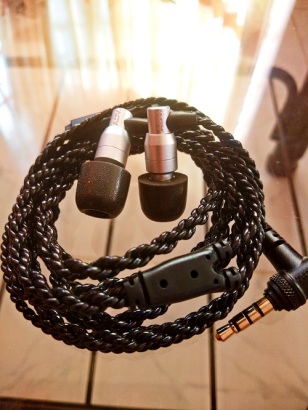
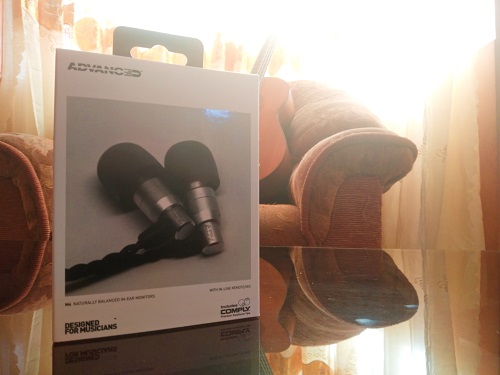
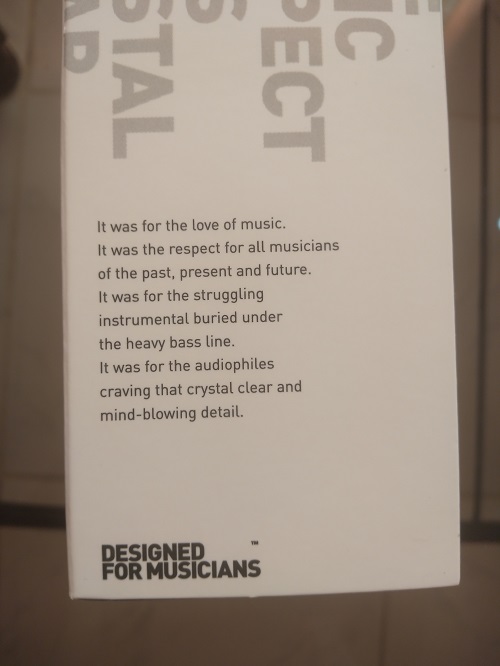

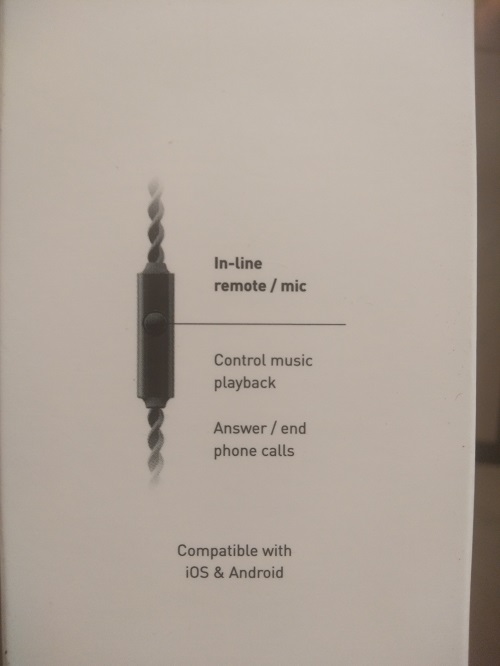
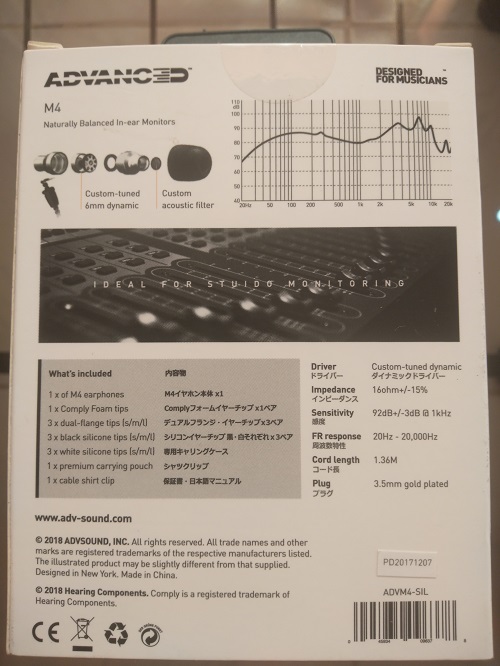
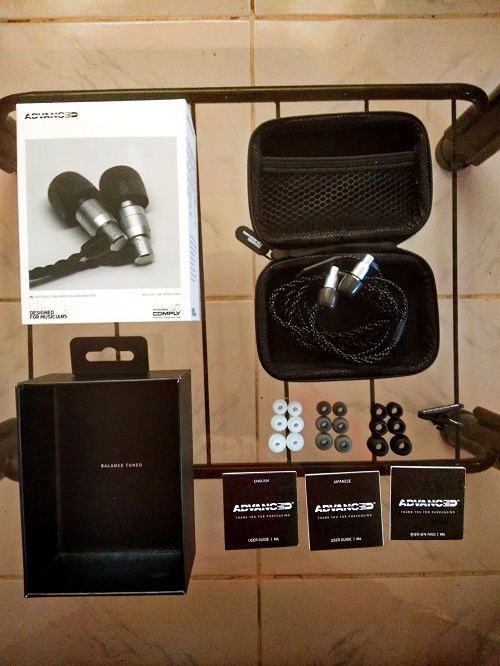
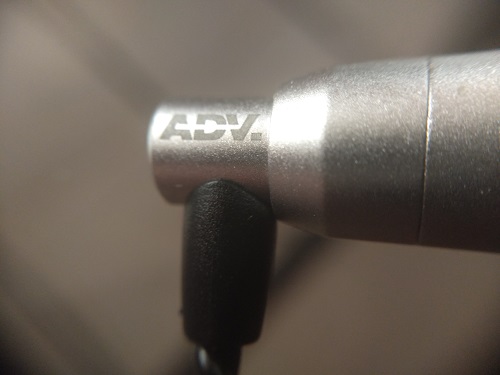
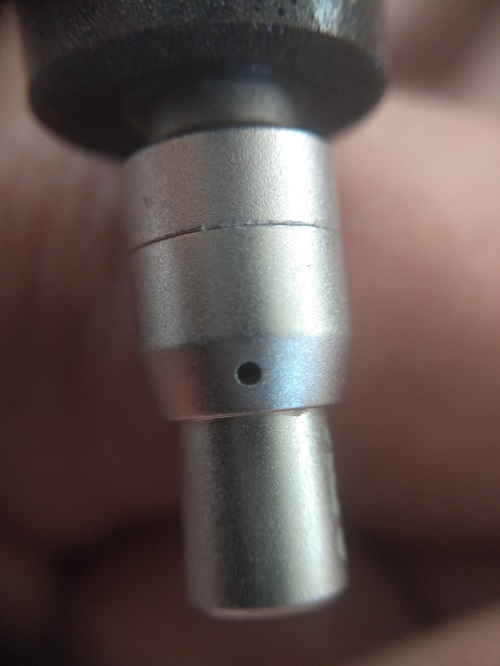
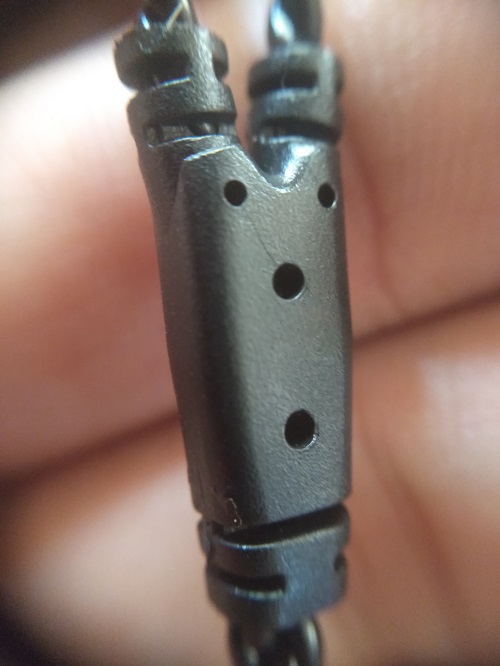
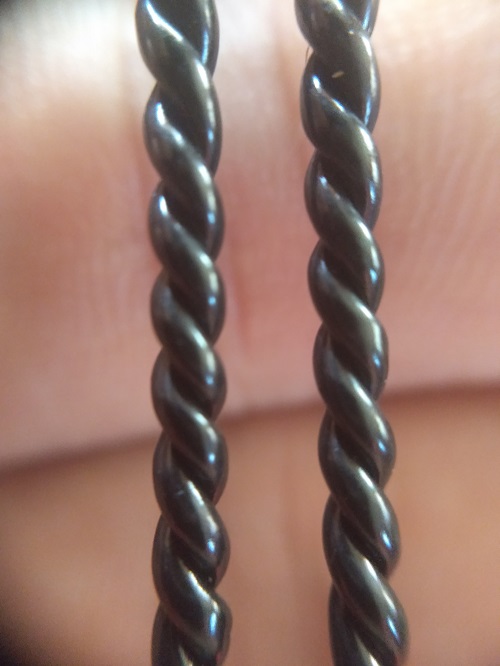
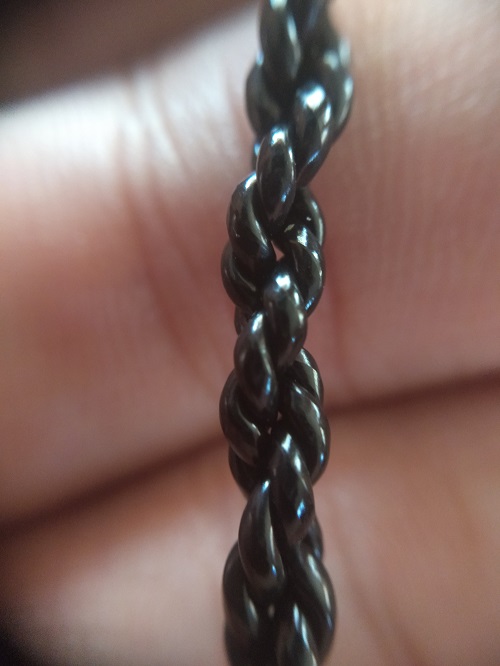
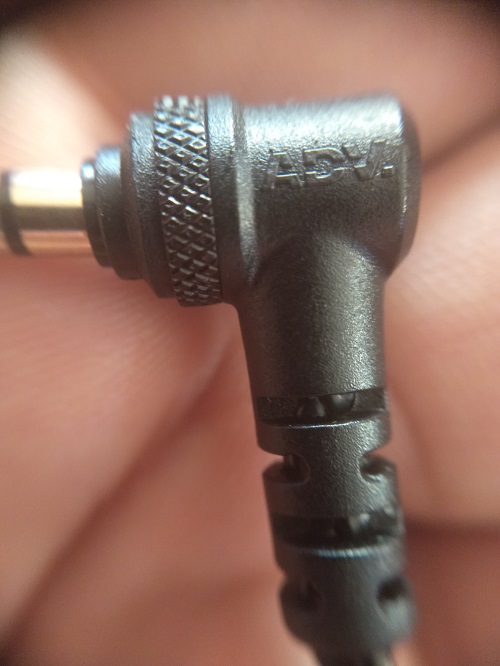










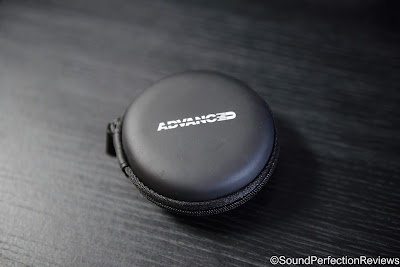























































Yes, I'd consider the M4 as an upgrade from the HDS1, however a rather small one. That both have quite different tonalities should be taken into consideration as well, as the M4 is quite a lot brighter than the HDS1.